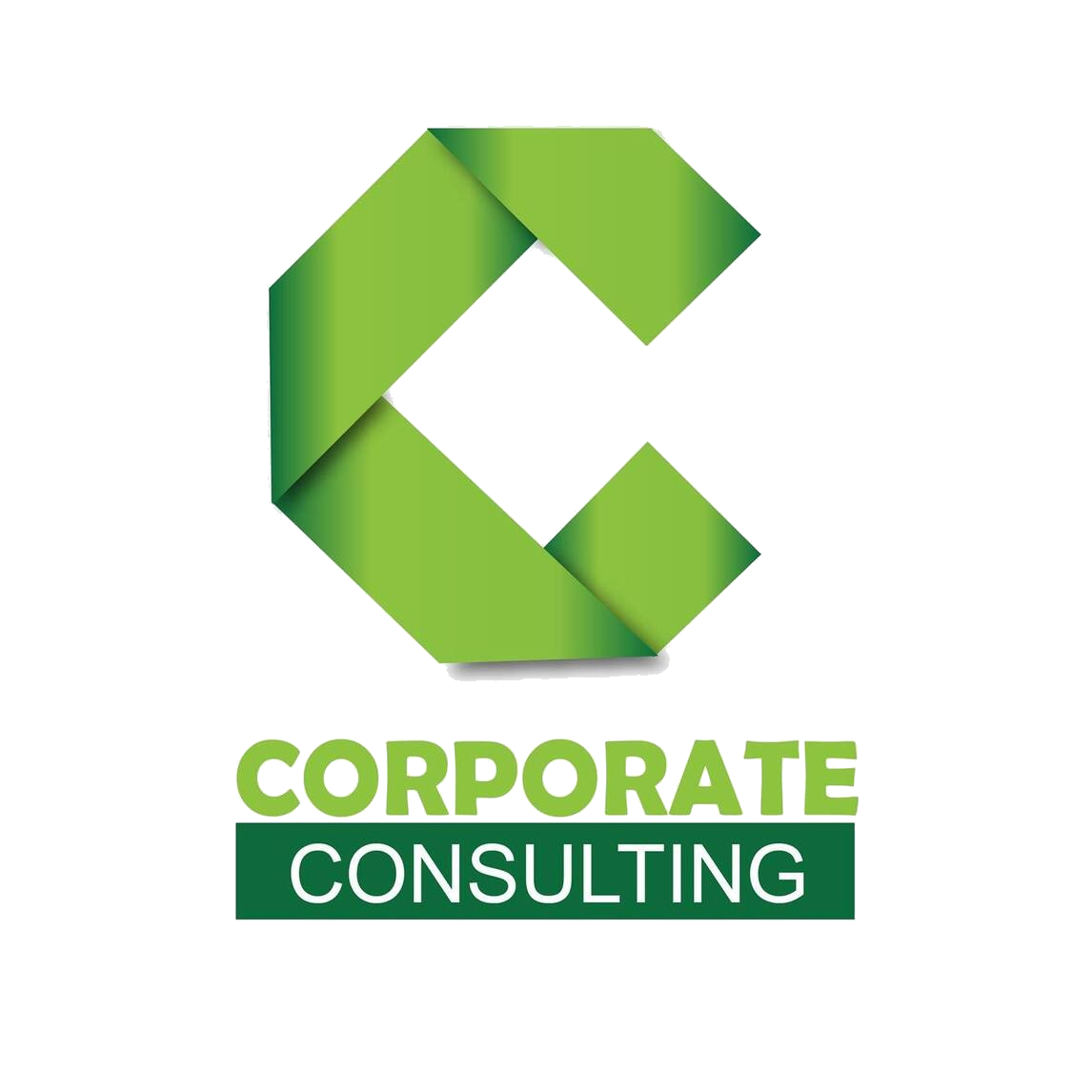Software Development
Software development is the process programmers use to build computer programs. The process, also known as the Software Development Life Cycle (SDLC), includes several phases that provide a method for building products that meet technical specifications and user requirements.
The SDLC provides an international standard that software companies can use to build and improve their computer programs. It offers a defined structure for development teams to follow in the design, creation and maintenance of high-quality software. The aim of the IT software development process is to build effective products within a defined budget and timeline.
Key steps in the software development process:
There are six major steps in the software development life cycle, including:
- Needs identification
- Requirement analysis
- Design
- Development and implementation
- Testing
- Deployment and maintenance
- Needs identification
- Requirement analysis
- Design
- Development and implementation
- Testing
- Deployment and maintenance
Needs Identification is a market research and brainstorming stage of the process. Before a firm builds software, it needs to perform extensive market research to determine the product's viability. Developers must identify the functions and services the software should provide so that its target consumers get the most out of it and find it necessary and useful.
Requirement Analysis is the second phase in the software development life cycle. Here, stakeholders agree on the technical and user requirements and specifications of the proposed product to achieve its goals.
Design is the third stage of the software development process. Here, The Design Specification Document (DSD) specifies the architectural design, components, communication, front-end representation and user flows of the product. This step provides a template for developers and testers and reduces the chances of flaws and delays in the finished product.
The next stage is the development and implementation of the design parameters. Developer code based on the product specifications and requirements agreed upon in the previous stages. This allows them to test a pilot version of the program to make performance match the requirements.
The testing phase checks the software for bugs and verifies its performance before delivery to users. In this stage, expert testers verify the product's functions to make sure it performs according to the requirements analysis document.
Once the software is defect-free, the developers can deliver it to customers. After the release of a software's production version, the IT software development company creates a maintenance team to manage issues clients encounter while using the product.
Types of software:
Software belongs to three main groups based on their use and application. Here are the popular categories of software.
- System software
- Application software
- Programming languages
Also called operating system or OS, system software is the program your computer uses to translate input commands
into machine-readable language. The operating system controls a computer's hardware components.
Examples of popular operating systems used in personal computers include the Windows OS from Microsoft, Mac
OS used in Apple MacBook and the Linux-based Ubuntu. Web servers use the Apache OS while the UNIX operating
system is used to build proprietary systems.
This is the application most people use to perform tasks on their computers and smartphones. Popular examples include word processing apps, internet browsers, media players, photo editing tools, anti-virus and even software-as-service (SAS) products.
This is the programming language used to create software. It is used only by coders to create programs. Programming languages include Java, C++, PHP and Simlab.
The software we mostly have worked on these are:
- Hospital / Clinic Software
- HR Management Software
- CRM Software
- Hotel / Restaurant Software
- Mobile Applications Software
- Other / Custom (Depends on Client Demand)
Want Registration For Software Developement.
For any sort of business consultancy, We are simply one single call away.
Contact Us